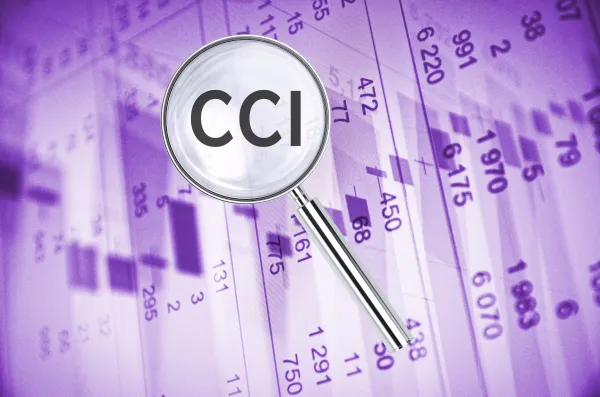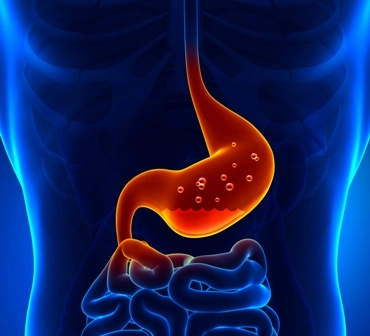Gastroenterology Coding Alert
G-Tube Coding:
Master These G-Tube FAQs
Published on Tue Mar 05, 2019

You’ve reached your limit of free articles. Already a subscriber? Log in.
Not a subscriber? Subscribe today to continue reading this article. Plus, you’ll get:
- Simple explanations of current healthcare regulations and payer programs
- Real-world reporting scenarios solved by our expert coders
- Industry news, such as MAC and RAC activities, the OIG Work Plan, and CERT reports
- Instant access to every article ever published in Revenue Cycle Insider
- 6 annual AAPC-approved CEUs
- The latest updates for CPT®, ICD-10-CM, HCPCS Level II, NCCI edits, modifiers, compliance, technology, practice management, and more
Related Articles
Other Articles in this issue of
Gastroenterology Coding Alert
- G-Tube Coding:
Master These G-Tube FAQs
Replacing, removing, or inserting: Get the scoop on coding these services. GI patients often require [...] - Celiac Coding:
Seeing Celiac Patients? Keep Track of These Important Factors
Visits go beyond finding the right dx code – get the scoop here. If your [...] - Modifiers 101:
Solidify Your Modifier 25 Knowledge With This Quick Primer
Unsure where to start with this ubiquitous modifier? Read this first. Gastroenterology practices frequently see [...] - You Be the Coder:
Differentiate Breath Test From Biopsy With H. Pylori Testing
Question: How do we code for H. pylori tests? Codify Subscriber Answer: The answer to [...] - Reader Question:
Make Sure Time Is on Your Side in Observation Care
Question: I read your recent reader question about same-day admission and discharge for patients in [...] - Reader Question:
MBI Numbers Don't Contain the Letter 'O'
Question: We’ve encountered some slight confusion when accepting the new MBI numbers on patients’ Medicare [...] - Reader Question:
Look to ICD-10 Guidelines When Specificity Is in Question
Question: One of our gastroenterologists wants to see in writing where she has to document [...]
View All




